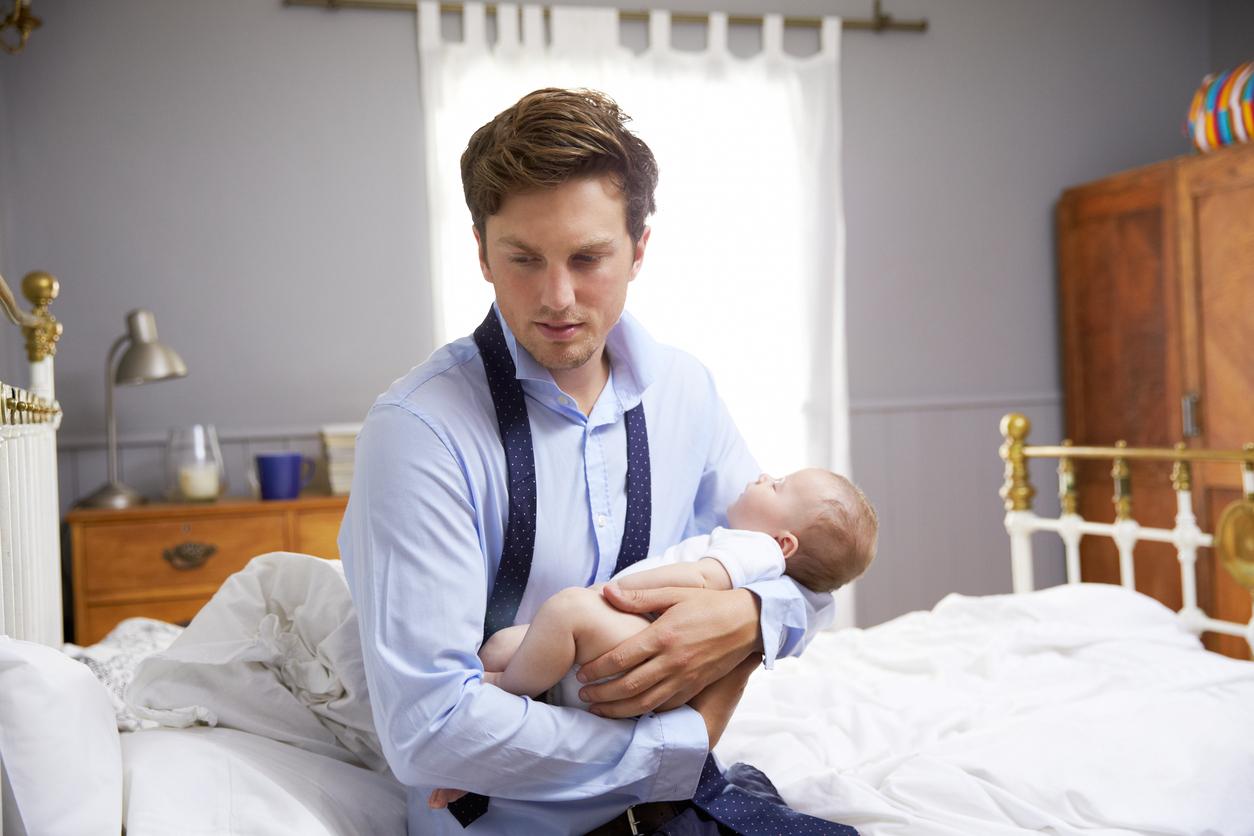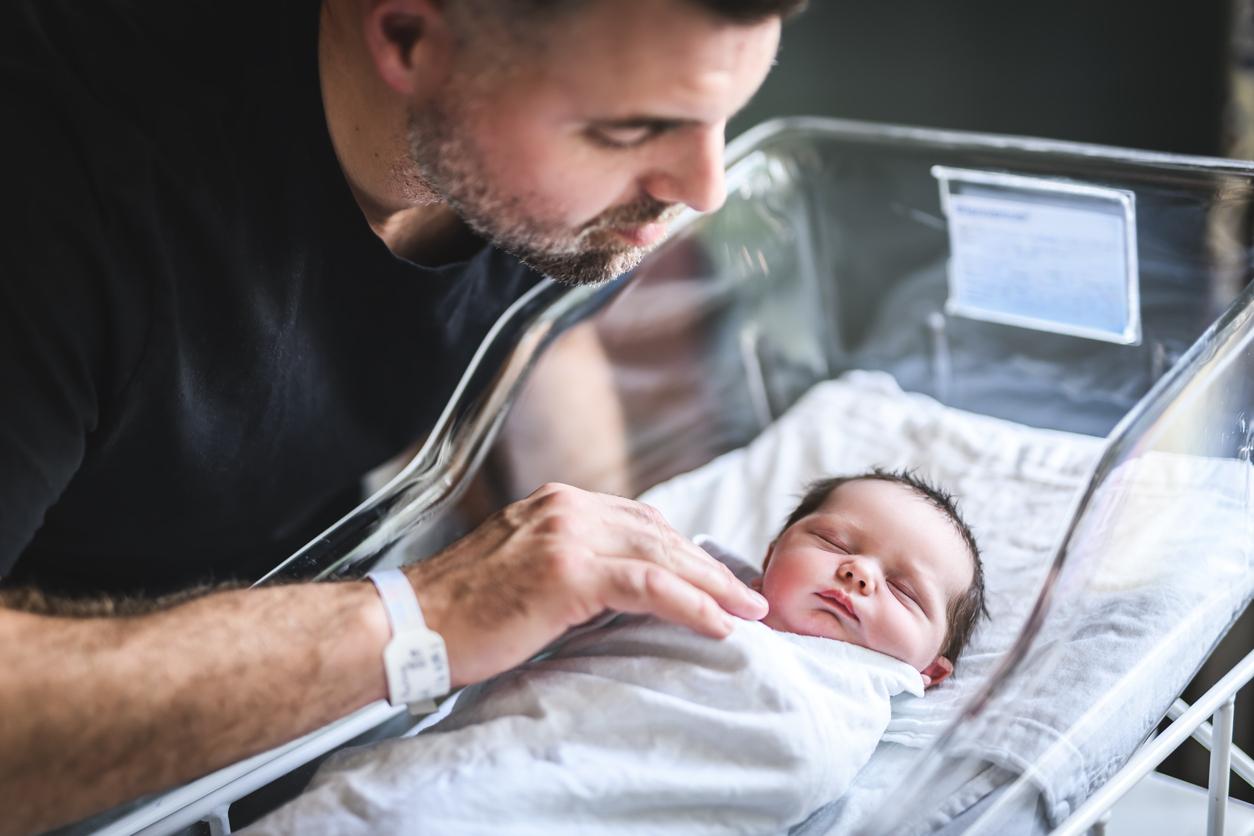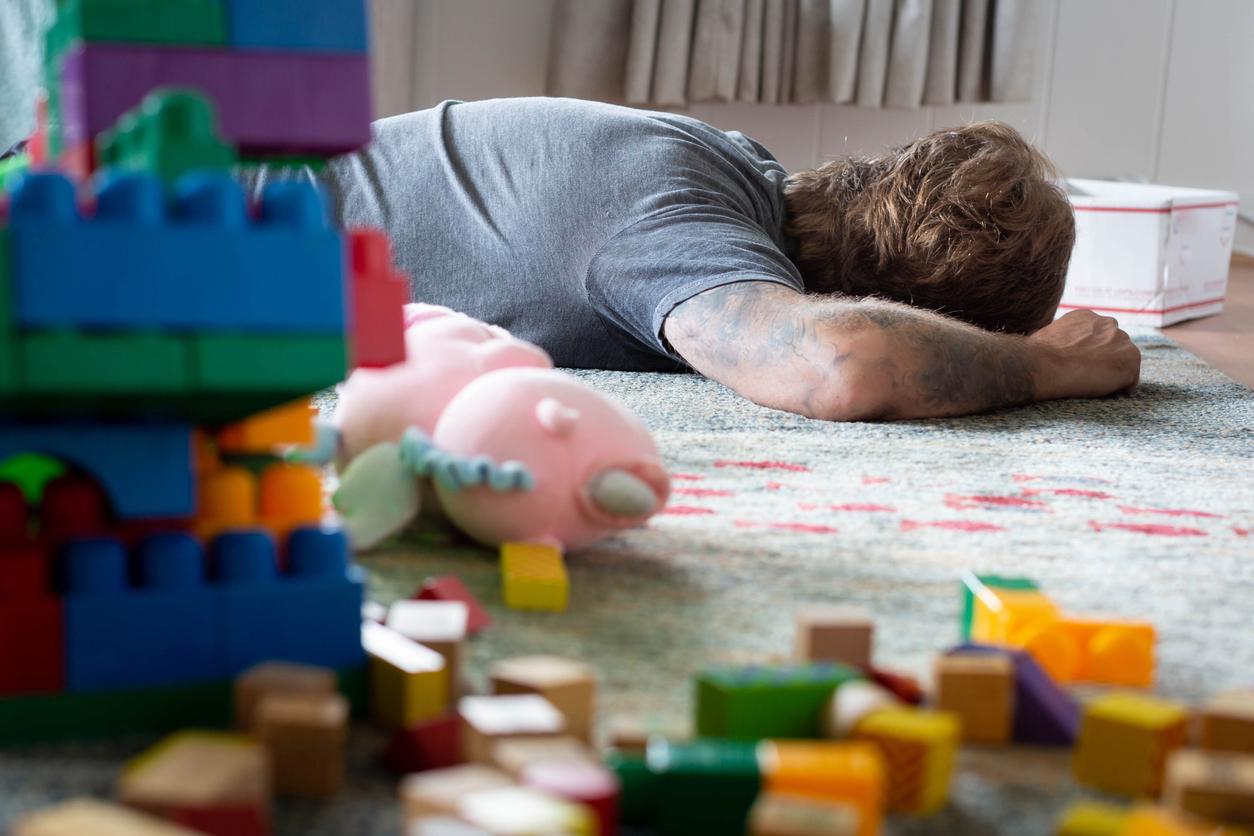This physiologist born in Leeds in England in 1925 will have devoted his life to research on reproductive methods and in particular the in vitro fertilization. IVF is this method of bringing together a sperm and an egg, outside the female reproductive system. This technique has enabled many couples to remedy a infertility problem female or male.
It was in 1960 that Robert Edwards began to work on human fertilization, while he was at Cambridge University. In 1968, he managed to fertilize a human oocyte. It was in 1978 Robert Edwards had his first success with the birth in Great Britain of Louise Brown, the first “test tube baby” conceived in vitro. Two years later, the world’s first in vitro fertilization clinic was created in Cambridge.
In 2010, the scientist received the Nobel Prize in medicine for the development of in vitro fertilization for having made possible “the treatment of infertility which affects a large proportion of humanity and more than 10% of couples in the world”.
5 million babies are born in the world thanks to IVF since the birth of Louise Brown in 1978, according to the European Society of Human Reproduction and Embryology.
>> To read also: Fertility: 8 misconceptions about IVF
















